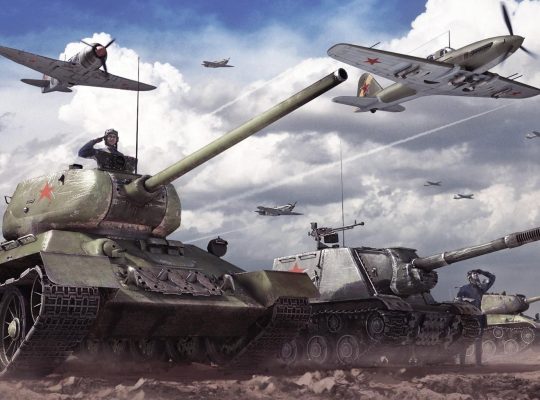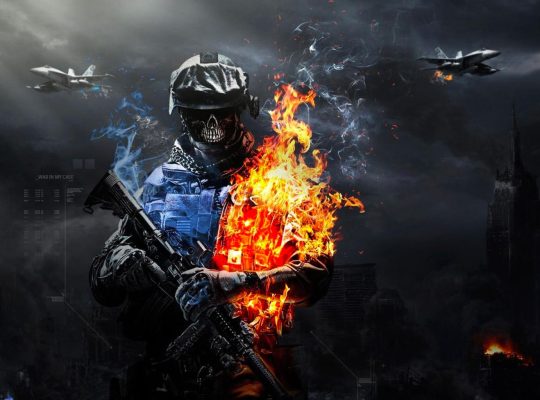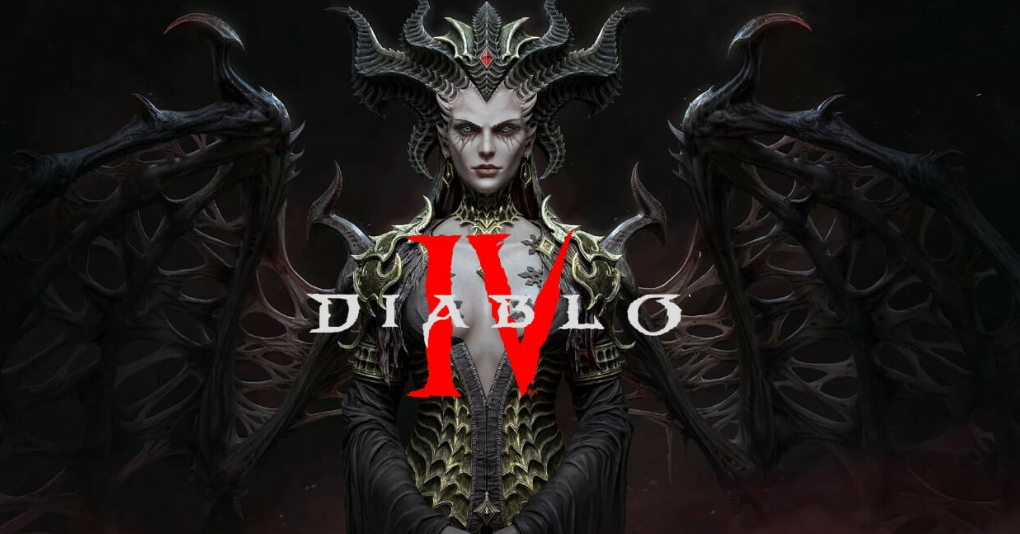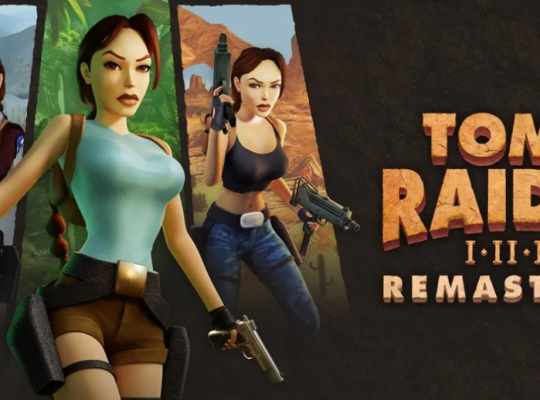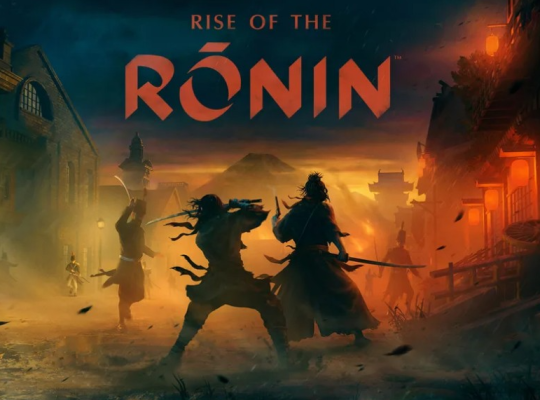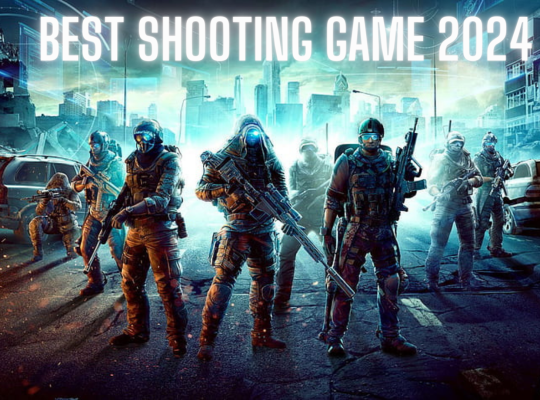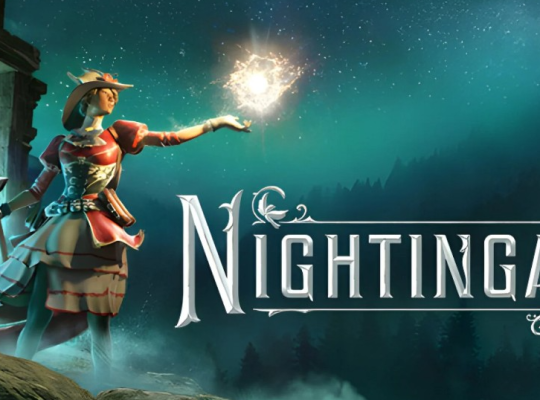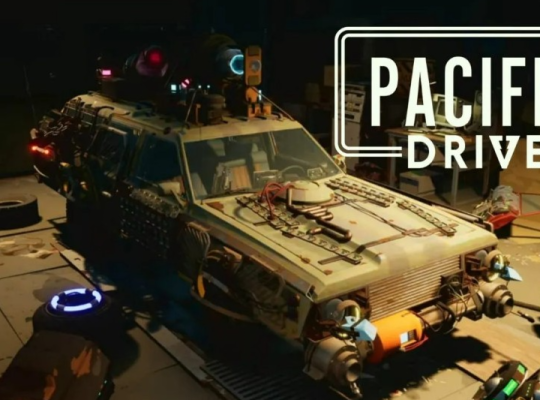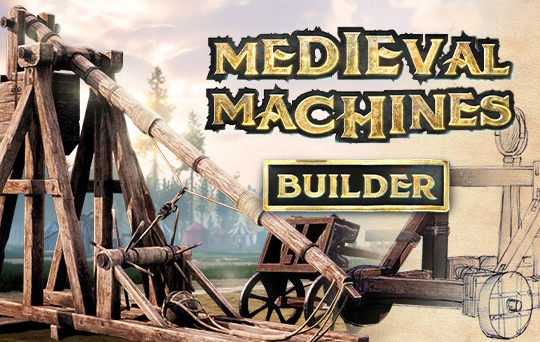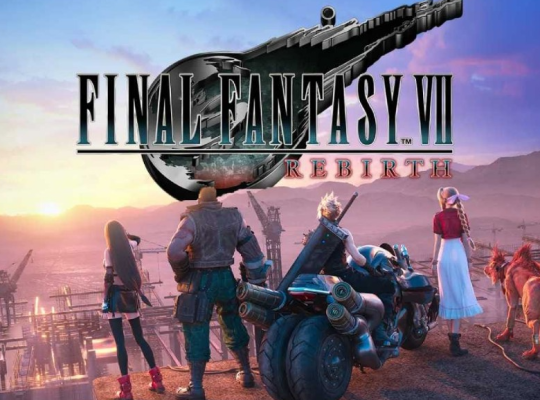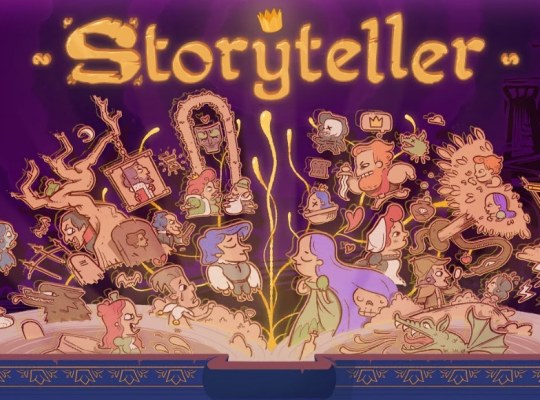Diablo 4 endeavors to immerse players in its dark fantasy world, although this proves challenging in a game where legendary two-handed axes can be extracted from wolves. The storytelling, reminiscent of a Marvel film, lacks subtlety and extends far beyond necessity. Regardless of the somber narratives presented by Diablo 4’s characters, players find themselves in the role of a superhero, equipped with an empty inventory and an insatiable desire to amass treasures.
Beneath the surface, Blizzard’s latest action RPG reveals itself as more than a mere sequel—it’s a reboot. While this overhaul may seem unnecessary, its underlying purpose is evident: to adapt the series’ strengths into a contemporary live service format that accommodates the lifestyles of players juggling multiple games. The campaign’s completion unveils the game’s profound depth, yet this potential is somewhat stifled by an overwhelming grind that hinders the creative potential within its intricate RPG systems.
The prevailing structure of live service games, as exemplified by titles like Destiny 2, may initially appear fitting for Diablo’s historically replayable co-op design. However, it necessitates a substantial structural shift. Diablo 4 initiates as a narrative-driven adventure, with its most captivating features, such as the MMO-inspired Grim Favors quests and almost roguelike Helltide events, remaining inaccessible until players endure a 10-hour storyline. This narrative attempts to reset the over-the-top tone from Diablo 3 but veers into excessive grimdarkness without fundamentally altering the core essence of a Diablo game—slaughtering demons.
Diablo 4: Unveiling Desolation Exploration of Darkness and Despair
Blizzard’s response to critiques that Diablo 3 lacked sufficient darkness resulted in a narrative so grim that it becomes stifling. While the main campaign centers around the escalating threat of Lilith, the “Mother of Sanctuary,” the side quests introduce various shades of misery. Nearly every character encountered engages in morally reprehensible actions, from betraying their own offspring to forming pacts with demons or committing murder over trivial disputes.
The relentless cycle of aiding people in finding their deceased family members or being compelled to eliminate them desensitized me to NPC requests. The quest for joy or hope among the individuals I ostensibly fought for proved consistently elusive. Diablo 4’s thematic commitment to a “return to darkness,” reminiscent of Diablo 2, only proves effective when the horror significantly influences gameplay. An early dungeon experience set in a monastery exemplified this shift. While pursuing a lead on Lilith, I anticipated encountering demons and deceased monks, but instead, I traversed eerily vacant hallways. In the distance, the sound of doors slamming shut and screams intensified the suspense.
Unlike the typical dungeon where one battles through anonymous foes to reach the target, this time, I found myself stalking a murderer just out of reach. The palpable urgency, accompanied only by the echo of my footsteps through the halls, constituted one of Diablo 4’s most chilling sequences.
Regrettably, such subversion of expectations is infrequent in Diablo 4’s quests. Many surprises are reserved for the endgame, particularly in features like Helltide events. These events drench a section of the map in literal blood, intensifying the demonic presence. Players have a limited time to dispatch as many foes as possible, collecting Aberrant Cinder drops and unlocking rare item chests. Venturing into these events solo poses the risk of death and losing half of the collected Cinders, but forming a group can significantly ease the challenge.
Helltides stand as a compelling argument for Diablo 4’s semi-MMO features, injecting thrilling urgency and risk into the otherwise familiar combat dynamics of Diablo, even if the rewards don’t deviate significantly from conventional dungeon runs. The dynamic pushback compels players to perceive encounters not merely as a means to ascend to the next level but as puzzles demanding strategic survival.

Diablo 4: Every Class a Masterpiece Diverse and Dynamic Skill Trees
The six-act campaign unfolds in Estuar as you strive to thwart Lilith’s attempt to open a portal to Hell. While some boss encounters, like an unexpected battle with one of Diablo’s lesser evils in the midst of a sandstorm, bear significance to the story, others are marred by forgettable MMO-like mechanics that necessitate dodging highlighted shapes on the ground. It’s only later in the campaign that you face bosses demanding a profound understanding of your class to conquer.
Diablo 4’s campaign, with its lethargic pace and the struggle to establish a villain with coherent intentions, fails to justify its time-consuming nature. It lacks surprises, often reverting to familiar narratives seen in previous games of the series. The campaign’s conclusion proves inconsequential, prompting a readiness to skip it on subsequent character playthroughs.
Upon completing the campaign, Diablo 4 opens up its expansive open world for loot-hunting activities. As dungeons become more challenging, the game compels you to maximize damage output, catering to the character-build enthusiasts. Blizzard’s proficiency in delving into genre intricacies and extracting their essence, evident from World of Warcraft to Overwatch 2, shines through.
The core experience of engaging with Diablo 4, clicking on demons and reveling in loot showers, triggers a response in my neurons that’s almost embarrassing to admit. Unbeknownst to me, the fundamental mechanic of ensuring the last enemy in a group drops loot is a subtly unsettling yet clever design, perpetually fueling the player’s appetite for more. Whether playing solo or in co-op, the gratification persists, though the initial co-op experience may feel too easy until the later World Tier difficulty options.
Diablo 4’s skill tree emerges as a pivotal element, diverting attention from the underlying gameplay treadmill. Comparable to Elden Ring’s impact on my YouTube recommendations, Diablo 4’s skill trees for each of its five classes—Barbarian, Druid, Rogue, Sorceress, and Necromancer—usher in diversity and complexity. Drawing inspiration from Diablo 2, these skill trees modify and synergize character abilities, fostering a community where there is no consensus on a definitive best build.
Furthermore, Legendary aspects acquired from dungeons or extracted from items empower players to craft personalized Legendary gear, enhancing their skills. Early discoveries, like a chestpiece turning the Bone Storm ultimate into a protective barrier, exemplify the potential for unique and powerful combinations. As the game progresses beyond level 30, the increased frequency of rare and Legendary items allows reliance on these aspects as integral components of your class.
Diablo 4: Embracing the Grind Evolution from Diablo 3’s Flexibility
As you delve deeper into Diablo 4, the flexibility to change your playstyle becomes increasingly elusive, a consequence of discarding Diablo 3’s versatile rune system. Diablo 4 opts for a Diablo 2-style skill tree, compounded by the pivotal role gear plays in defining your build. Legendary items, equipped with aspects altering skill functionalities, often become the linchpin of your character’s configuration. Dropping a crucial aspect, such as the one generating a Necromancer’s resource during enemy slowdown, could render you incapable of casting enough Bone Spears for late-game survival.
The power of these aspects, coupled with the expenses of imprinting them onto rare items, imposes constraints on experimentation, unless you invest significant time in resource farming. Currently, a reset of my skills would demand a substantial 100,000 gold investment, followed by additional expenses in gold and rare materials from salvaging Legendary items to replace aspects on my gear. While not an insurmountable task, the cost of respeccing feels akin to a deterrent, discouraging easy transitions to superior builds without embracing the plethora of new resource-grinding mechanisms.
Diablo 4’s potential for unleashing creative demon-clicking joys could be truly realized if it were to ease up on the constraints imposed by its live service model.

Diablo 4: Classes and Customization Unveiling the Depths
In the tradition of its predecessors, Diablo 4 plunges players into a realm of horror and madness within Sanctuary, the human domain ensnared between the cosmic conflict of the High Heavens and the Burning Hells. This time, the source of malevolence is none other than Lilith, the creator of Sanctuary, and her fallen angel accomplice, Inarius. Their original intent to establish Sanctuary as a neutral haven unraveled, leading to Lilith’s chaotic influence and Inarius’s yearning to return to the High Heavens.
While the narrative delves into compelling themes of duty and loss, it essentially serves as a backdrop for players to pursue Lilith and engage in the timeless act of demon slaying—an essence that defines both the Diablo 4 experience and the series as a whole.
Diablo 4 offers players the choice of five distinct classes: barbarian, druid, necromancer, rogue, or sorcerer. The customization options extend beyond mere class selection, allowing players to craft characters in their image. Choose between male- or female-presenting avatars with a range of hairstyles, faces, tattoos, and jewelry. These customizations dynamically manifest in both gameplay and cutscenes, although the visual impact is shaped significantly by equipped armor and weapons, particularly face-concealing helmets.
Further personalization is afforded through dyeing stat-based equipment using custom colors and enchanting gear to emulate items disassembled at the blacksmith. In this way, Diablo 4 ensures that your character resonates with your vision, regardless of the attire it adorns.
Diablo 4: An Unfriendly Sanctuary Navigating the Expanse
Diablo 4 unfolds as a semi-open-world masterpiece, sprawling across the expansive tapestry of Sanctuary—the Earth-like realm nestled between the cosmic forces of the High Heavens and the Burning Hells. Departing from the segmented structure of separate areas dictated by story acts, the game presents an overworld as a seamless, contiguous map. This map encompasses diverse regions, featuring iconic landscapes like the Burning Steppes from Diablo II and Caldeum from Diablo III. While the environments showcase variety, ranging from frozen mountainous expanses to swamplands, plains, and jagged shorelines, a notable expanse of desert between the Burning Steppes and Kehjistan might be perceived as excessive.
Beyond the narrative’s linear trajectory, players find a multitude of activities awaiting their exploration. Each region boasts a hub city teeming with side quests, tasking players with finding individuals, collecting items, or dispatching enemies. Moreover, the wilderness conceals additional side quests, with each completed mission yielding experience points, gold, or a cache of valuable upgrade resources.
Scattered across the landscape are numerous optional dungeons, each featuring unique challenges, such as the need to obliterate undead foes to unlock sealed doors. Conquering these dungeons grants players distinctive equipment characteristics that can be integrated into their items through a vendor’s shop. Formidable strongholds present additional challenges, unlocking new side missions, while inconspicuous cellars harbor enemies for those seeking swift battles and a handful of items.
To maintain a balanced gameplay experience, level scaling ensures that most areas align with the player’s current level, preventing encounters with enemies significantly stronger or weaker. Depending on the player’s approach, focus on the main storyline, and character progression, there might be instances where regions and dungeons pose challenges too formidable to surmount.
Such encounters occurred sparingly in my playthrough, primarily during story missions surpassing my character’s level by two or three, and notably in the first post-game capstone dungeon boasting a level exceeding 50 when my character had only reached level 43 by the time the credits rolled. Fortunately, Diablo 4s leveling system remains relatively swift, with side quests and optional dungeons providing ample opportunities for character advancement even as the pace moderates in later stages of the game.
Diablo 4: Grabbing Gear and Gold The Dynamic Pursuit of Power
In the realm of Diablo 4, every weapon and piece of armor comes imbued with distinct stats that significantly influence your combat prowess. The perpetual quest to elevate these numbers becomes a central focus, as you transition from common items denoted in white text to the acquisition of magic items with blue text, and eventually, the coveted rare items marked by yellow text. The occasional discovery of superior, orange-text unique equipment, each possessing a name and special characteristic, adds an extra layer of excitement. Every item boasts its power score and necessitates a specific character level, ensuring a continuous anticipation of more potent gear emerging from defeated bosses or discovered chests.
However, this emphasis on gear progression does not relegate the action to a mere afterthought. With the diversity of five unique classes, combat in Diablo 4 remains engaging, compelling players to consistently seek out and equip better gear. Battles transcend mindless encounters, requiring careful attention to the varied attacks of adversaries. The strategic interplay of heavy single-target attacks, area-of-effect attacks, zone attacks, buffs, and debuffs infuses dynamism into the gameplay.
While the journey involves encounters with generic adversaries and items, this serves a purpose. The deliberate inclusion of easily vanquished monsters and commonplace items, essentially rendered obsolete past level 10, prevents an overabundance of unique experiences. This intentional “filler” design, though serving as a backdrop, accentuates the significance of pivotal moments such as facing named bosses and acquiring powerful items. Even during periods of incremental progress, the satisfaction derived from vanquishing demons, amassing gold, and witnessing the gradual ascent of the experience bar remains a constant undercurrent, ensuring that the action is never devoid of purpose and punctuated by memorable highlights.
Diablo 4: Play Through, Then Keep Playing Endless Adventure
Embarking on the main campaign of Diablo 4 is a substantial journey, demanding approximately 20 to 30 hours to navigate its narrative depths. However, the adventure doesn’t conclude there, as a continuous postgame experience unfolds, extending far beyond the campaign’s resolution. Completion of the main story unveils capstone dungeons, challenging players with new and significantly more difficult locales to explore. Additionally, a novel quest system introduces randomly generated bounty hunts, adding a layer of unpredictability to your ongoing adventures.
Upon conquering the initial capstone dungeon on the standard Veteran difficulty level, players gain access to higher difficulty levels, transforming the landscape of Sanctuary into a realm of increased challenge and superior loot. This pursuit of better gear becomes a compelling reason to revisit Diablo 4. Echoing the structure of Diablo III, the ability to escalate the difficulty level to more challenging tiers ensures a continuous loop of delving into dungeons, enhancing your character with progressively superior items, and returning for another round.
The promise of new challenges and the potential introduction of fresh content in each season contributes to maintaining the game’s dynamism. However, it’s worth noting that opting for the premium Battle Pass might be necessary to unlock the most coveted rewards and fully immerse yourself in the ongoing adventure.
Diablo 4 Battle Pass and Microtransactions: Unveiling In-Game Enhancements
Diablo 4 introduces a Battle Pass system structured around multiple seasons, with the inaugural season set to launch in July. Within this system, players can engage in both the standard free rewards tier and opt for the $9.99 Premium Battle Pass, which unlocks additional rewards. For those seeking an expedited progression, an Accelerated Battle Pass is available for $24.99, featuring 20 tier skips (each season comprising 27 free tiers and 63 premium tiers) and a distinctive cosmetic item. The diverse array of Battle Pass rewards includes cosmetic items and Smoldering Ashes items capable of activating bonuses related to experience, gold, or obol gain.
At the game’s launch, a microtransactions shop is introduced, exclusively offering cosmetic items designed to alter the visual appearance of characters without influencing gameplay mechanics, as clarified by Blizzard. The premium Battle Passes and microtransactions shop operate with platinum, Diablo 4’s designated paid currency, although its functionality was not activated during the review process. Notably, platinum stands as one of four in-game currencies, alongside gold (predominantly used for purchases and upgrades), obols (facilitating the acquisition of unidentified items from vendors), and red dust (dedicated to acquiring items from PvP vendors).
Diablo 4 extends the option of gameplay in both single-player and cooperative modes, but necessitates a persistent online connection for either mode. Unfortunately, during the review period, cooperative play and exploration of the PvP elements were not accessible for evaluation.
Diablo 4: Elevating the Classic Formula with Enhanced Graphics and Grandeur
Diablo 4 seamlessly weaves elements from its predecessor, Diablo III, into a tapestry of superior graphics and an expanded scope, demanding more from hardware capabilities. Retaining the timeless essence of slaying monsters and amassing loot, the game encapsulates the enduring allure of hack-and-slash and looter-shooter genres. The fundamental joy of traversing landscapes, engaging adversaries, and acquiring increasingly potent gear forms an inherently gratifying gameplay loop.
While adhering to the familiar formula, Diablo 4 introduces heightened visual fidelity and a more extensive world, establishing itself as a pinnacle in the treasure-hunting genre. The variety of classes, skills, and customization options inject a nuanced complexity that prevents the gameplay loop from feeling mundane. For enthusiasts of the gratifying grind for treasures, Diablo 4 emerges as one of the most delightful and refined avenues, earning our esteemed Editors’ Choice award.
For a comprehensive collection of PC game reviews and previews, explore PCMag’s Steam Curator page. Engage in profound discussions about video games on our Pop-Off YouTube channel. Stay ahead of the curve by discovering The Best Video Games Coming Out in 2023.

Diablo 4 Loot System: Navigating the Depths of the Skinner Box
The heart of action role-playing game (ARPG) fanaticism lies in the pursuit of one ultimate goal: acquiring coveted loot. In a manner reminiscent of rats navigating a cruel experiment, players incessantly click on monsters, awaiting the gratification of witnessing an orange beam ascend, signaling the drop of a legendary piece of gear. Indeed, loot stands as the raison d’être for the genre, and any misstep in its implementation could render a game lifeless from the outset.
Diablo 4, with its evolved loot system, marks a significant improvement over the initial version of Diablo 3. Legendary items, while relatively common, are distributed through diverse channels in Diablo 4. Whether obtained by chance from defeated monsters and chests, or earned with escalating frequency as players elevate their “world tier” (equivalent to difficulty level), the game introduces a novel source—its 120 meticulously crafted dungeons.
Upon clearing a dungeon for the first time, players unlock its associated “legendary aspect,” which can be infused into rare gear through a town’s occultist, albeit at a cost. This approach simplifies the acquisition of legendary effects, though certain aspects remain exclusive to specific classes, adding an extra layer of strategic consideration for players immersed in the Skinner box-like pursuit of in-game riches.
Diablo 4: A Resounding Verdict
Diablo 4 marks a triumphant return for the series, offering a gaming experience that caters to both the ardent enthusiasts seeking an almost boundless endgame and those desiring a more finite campaign experience.
As a worthy successor to the iconic Diablo franchise, Diablo 4 stands out as an excellent game that encapsulates the essence beloved by fans. From its brisk and intense combat to the intricate loot system and a captivating storyline, the game faithfully retains the series’ core elements. Simultaneously, it introduces novel features that inject freshness and excitement into the familiar formula.
For aficionados of action role-playing games, Diablo 4 is an imperative addition to their repertoire, certain to delight both seasoned fans and newcomers. Excelling in every aspect that defines a remarkable action RPG, the game is a compelling choice for those seeking a new and immersive gaming experience. If you’re on the lookout for a captivating title to immerse yourself in, Diablo 4 undeniably merits your attention.
Read More – Age of Wonders 4 Review: A Fantasy Strategy Game with Pantheon Progression


